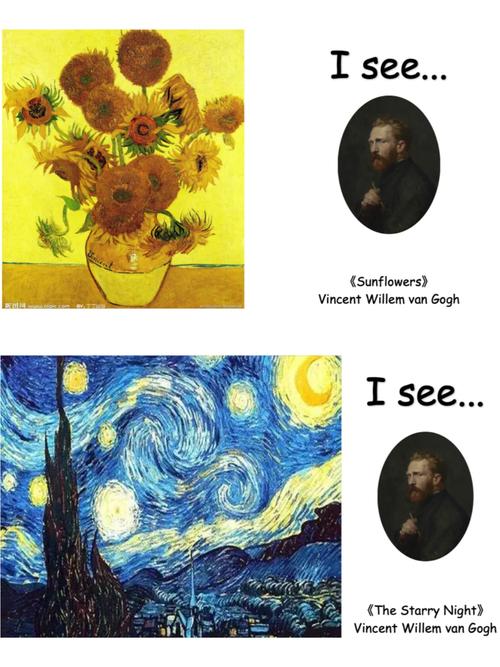What is Tone Color?
Tone color, also known as timbre, is a crucial aspect of music that differentiates one sound from another. It’s the quality of a sound that allows us to distinguish between various instruments or voices, even when they play the same note. Understanding tone color is essential for musicians, composers, and music enthusiasts alike. Let’s delve into the fascinating world of tone color and explore its various dimensions.
What Makes Tone Color Unique?
The unique quality of tone color is a result of several factors. One of the primary factors is the shape and size of the instrument or the body of the voice. For instance, the shape of a piano’s soundboard affects the tone color, while the size of a violin’s body influences the sound it produces. Similarly, the shape of a human vocal tract plays a significant role in determining the tone color of a voice.

Another crucial factor is the material used in the construction of the instrument. The wood used in a guitar, the metal in a trumpet, or the ceramic in a ceramic flute all contribute to the unique tone color of each instrument. Moreover, the way the instrument is played also affects its tone color. For example, the pressure applied to a piano key or the embouchure used in playing a brass instrument can alter the sound’s quality.
Harmonics and Overtones
Harmonics and overtones are essential components of tone color. Harmonics are multiples of the fundamental frequency of a sound, while overtones are additional frequencies that are not multiples of the fundamental frequency. These harmonics and overtones create the rich, complex sound we hear in musical instruments and voices.
For instance, when a string is plucked on a guitar, it vibrates at its fundamental frequency and various harmonics. The combination of these harmonics and overtones gives the guitar its characteristic tone color. Similarly, the human voice produces a complex mix of harmonics and overtones, which contribute to the unique quality of each singer’s voice.
Frequency Spectrum
The frequency spectrum of a sound refers to the distribution of its frequencies. The shape of the frequency spectrum plays a significant role in determining the tone color. Different instruments and voices have distinct frequency spectrums, which contribute to their unique sounds.
For example, a piano has a broad frequency spectrum, with low frequencies contributing to its rich, full tone. In contrast, a violin has a narrower frequency spectrum, with higher frequencies dominating its sound. This difference in frequency spectrum is what allows us to distinguish between these two instruments, even when they play the same note.
Dynamic Range and Attack
The dynamic range and attack of a sound also contribute to its tone color. Dynamic range refers to the difference between the softest and loudest parts of a sound, while attack refers to the way a sound begins. These factors can significantly affect the perception of tone color.
For instance, a soft, gentle sound may have a subtle tone color, while a loud, aggressive sound may have a more pronounced tone color. The attack of a sound can also influence its tone color. A sharp attack may produce a bright, crisp sound, while a slow attack may produce a warmer, more mellow tone.

Psychological Aspects of Tone Color
Psychologically, tone color can evoke emotions and associations. Different instruments and voices have unique tone colors that can evoke specific feelings or memories. For example, the sound of a piano may evoke nostalgia, while the sound of a violin may evoke sadness or longing.
Moreover, tone color can also influence our perception of space and distance. The perception of a sound’s tone color can be affected by the environment in which it is heard. For instance, the tone color of a sound may change when heard in a large, reverberant space compared to a small, enclosed space.
Conclusion
In conclusion, tone color is a multifaceted concept that encompasses various factors, including the shape and size of an instrument, harmonics and overtones, frequency spectrum, dynamic range, and attack. Understanding these factors can help us appreciate the unique qualities of different musical instruments and voices. Whether you are a musician, composer, or music enthusiast, exploring the world of tone color can deepen your appreciation for the beauty and complexity of music.










